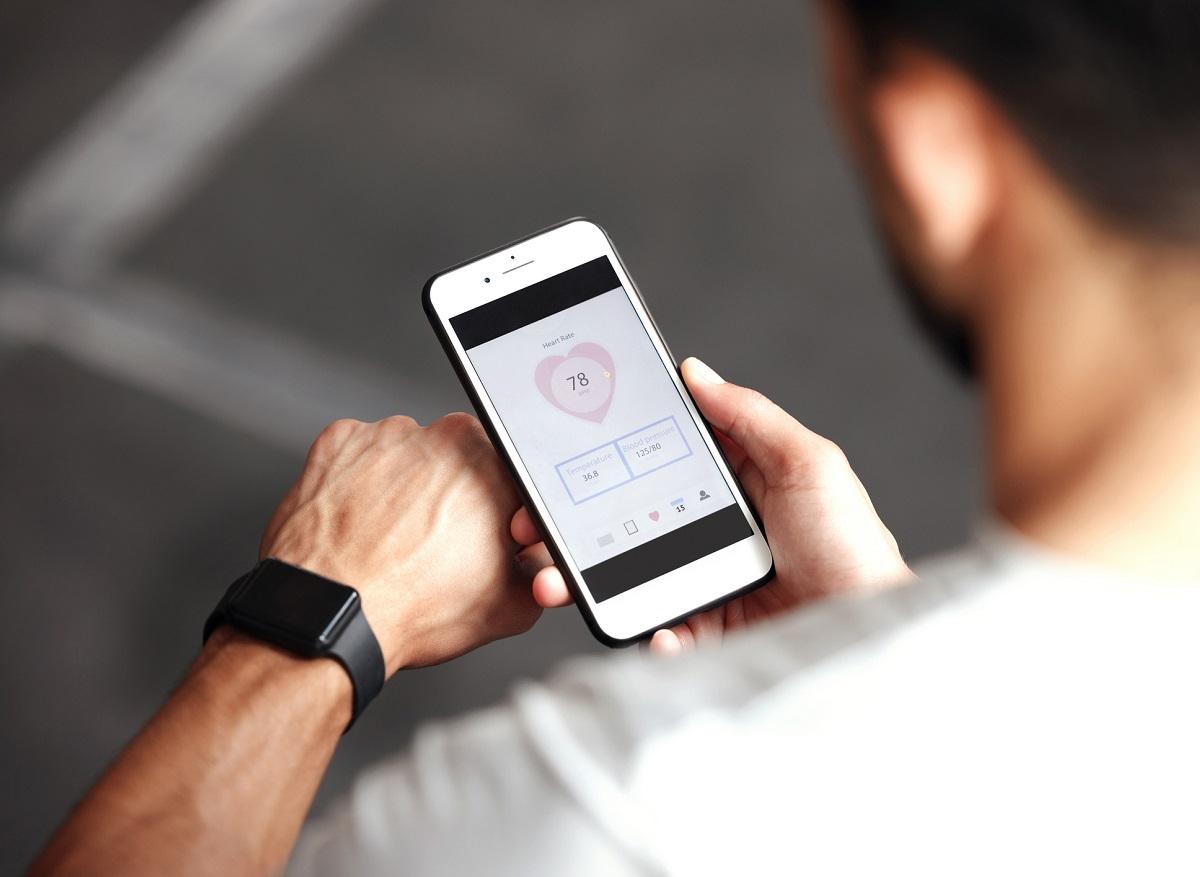Google wants to invite itself into your bathroom. The American company has filed for a connected bathroom patent. The data can be sent to the attending physician.

What if Google literally analyzed you from head to toe? In any case, this is the project of the web giant, which is embarking on the battle for connected objects. At the end of July, the Mountain View company (California, United States) filed a patent with the US Patent and Trademark Office. He describes a surprising project: a connected bathroom.
Toilet and blood pressure
After declaring war on mortality, Google is embarking on a more specific fight. Its weapon: a bathroom fully equipped with sensors. Bath mat, shower, toilet seat and other furniture in this place of hygiene would then be able to measure the slightest variation in health parameters. In detail, the web giant prides itself on being able to soon analyze “the evolution of the cardiovascular, nervous, endocrine, muscular and integumentary systems”. This is what pushes the work further than connected scales.
On paper, the bathtub becomes a device capable of monitoring the movements of internal tissues. The mirror, for its part, analyzes the evolution of the color of the skin and deduces the blood volume. The toilet seat plays a complementary role and measures blood pressure. The company will therefore not go so far as to analyze the content of your sanitary facilities.
“Various non-invasive sensors (including wearable, passive contact, or non-contact) can be used to detect vital and other parameters and be combined with mathematical models to assess the functional state of physiological systems,” summarizes Google on his patent. A devilishly learned description that still needs to be developed.

Image issue of the patent filed by google
Relationship with the attending physician
The Mountain View firm may be only at the preliminary stage, it already sees practical utility in its invention. This information will be used to identify abnormalities in the body and, after the user’s agreement, send them to the attending physician. Data that is much more valuable than that collected on an ad hoc basis during meetings.
The company is justified, with a supporting example: overweight people often find it difficult to get back on the right track, due to a lack of conviction or knowledge to achieve it. The connected bathroom will then have the function of monitoring his cardiovascular health. Any alert will be noted and reported. The other advantage of this system, argues Google: it is non-invasive, unlike many medical devices. In the era of connected objects, it remains to be seen whether this integral project will attract its customers. Because it’s a safe bet that the connected bathroom will have a significant cost.
.
















